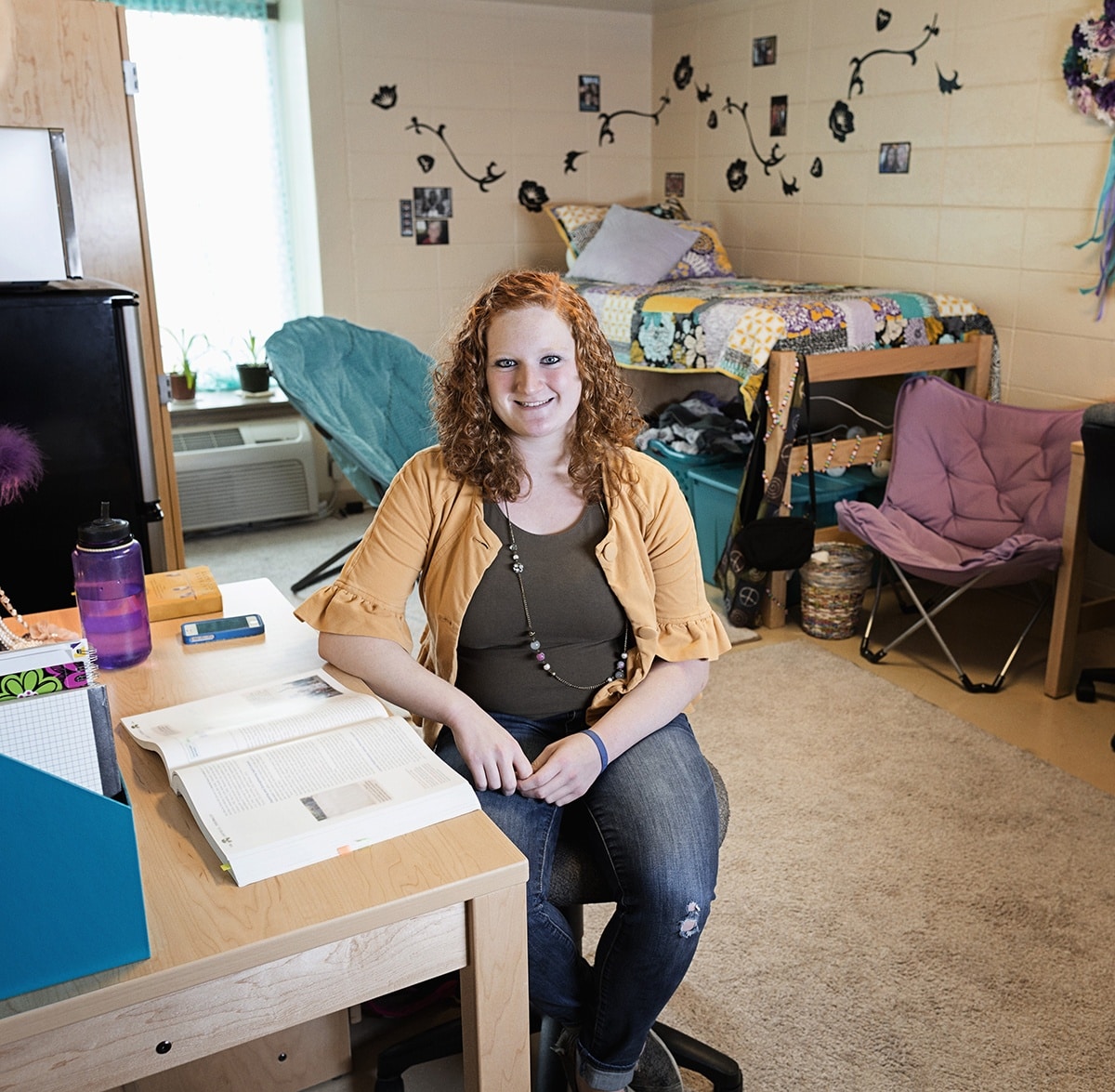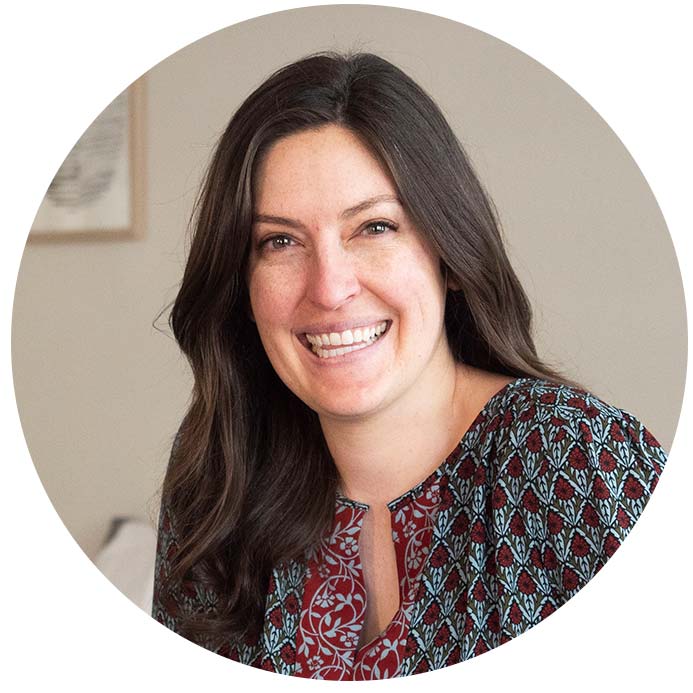It only takes one look at a Twin bed and a Queen bed to notice that there are some obvious mattress size differences, but there are many factors to take into consideration when deciding what bed will be one’s next purchase – Queen beds are the most popular type and ideal for couples, but the Twin bed is an excellent space and money saver – read on for our entire comparison.
Twin And Queen Beds
Standard Twin Bed
| Twin | |
|---|---|
| Width | 38″ |
| Length | 75″ |
Who Is A Twin Bed Ideal For?
A Standard Twin mattress is also known as a Single bed – twin mattresses and beds are usually the next step for children who have outgrown their cribs, and they’re also a fantastic option for smaller bedrooms such as guest rooms, and bunk beds also traditionally come in a Twin size.
RELATED: Best Mattress For Guest Rooms
Standard Queen Bed
| Standard Queen | |
|---|---|
| Width | 60″ |
| Length | 80″ |
| Width Per Person | 30″ |
Who Is A Queen Bed Ideal For?
A Queen-size bed is 5” longer and 6” wider than a Full-size mattress -Queen beds are best suited for both couples and individuals because each partner gets about 30” of space to themselves – because it can work either for a single person or a couple, it is the most popular mattress size today, and it is often an excellent fit for smaller master bedrooms or guest rooms.
Less Traditional Sizes
Twin XL Bed: The Twin XL is the same width as a Standard Twin but it’s about 5″ longer, making it approximately the same length as a Queen bed or King bed; it is a fantastic option for college dormitories or taller children who may sleep in a smaller room.
| Twin XL | |
|---|---|
| Width | 38″ |
| Length | 80″ |
Olympic Queen (or Expanded Queen) Bed: The Olympic Queen is a full 6″ wider than a Standard Queen but has the same length (80″), making it an excellent choice for couples who require more space.
| Olympic Queen | |
|---|---|
| Width | 66″ |
| Length | 80″ |
California Queen Bed: California Queens are waterbed mattresses and pretty difficult to find these days; customers may require a time machine to find a California Queen.
| California Queen | |
|---|---|
| Width | 60″ |
| Length | 84″ |
Split Queen Bed: This is essentially a Queen bed but split down the middle, allowing sleeping partners to each get the firmness they desire on their side of the bed.
| Split Queen | |
|---|---|
| Width | 30″ (each half) |
| Length | 80″ |
 Blend Images/Shutterstock
Blend Images/Shutterstock
A Twin Bed Might Be A Good Fit For …
- Those who are seeking a bed for a petite adult or child. As we mentioned earlier, Twin-sized beds are essentially the next step up from a crib-sized mattress – a Standard Twin is 38″ x 75″ (sometimes it’s measured at 74″), and this could be a particularly tight fit in both directions for a normal-sized adult.
- Those who are trying to save money on their bed purchase. If someone has room for a Full/Double bed but can’t really afford the frame, mattress, and sheets, they can consider a Twin (or a Twin XL for more length); the Twin will definitely be more affordable than a Queen since they are saving on space.
- Those who need a bed for a smaller room or kid’s room. A Twin bed will appear very small in a master bedroom (unless it’s a smaller bedroom) – a Twin will probably fit well as a replacement for a crib in a nursery or a smaller room that maybe two people share, such as a kid’s room.
Related: Best Thin Mattresses
A Queen Bed Might Be A Good Fit For …
- Those who require a bed for a couple. In a Queen-size bed, each person gets roughly 30″ of space each, making it significantly more comfortable than a Full/Double for couples but cheaper than a King-size bed.
- Those who are looking for a bed for a master bedroom. Master bedrooms tend to be larger than guest rooms, and Queen beds tend to fit both rooms well, which makes them extremely popular; larger master bedrooms may benefit from a bigger bed like a Queen (or even a King) because this will help balance the aesthetic of the room.
- Those who can afford a pricier bed. Not surprisingly, a Queen bed with mattress, matching sheets, mattress protector, and additional accessories will all cost people more than a Twin bed; customers should ensure that they can afford the entire package and not just the mattress before they go shopping.
 Stacey Newman/Shutterstock
Stacey Newman/Shutterstock
Other Things To Consider While Shopping
No matter which size bed people choose, if they do their research in advance – measuring and planning out their space – they can feel confident when they go to buy their new bed and face fewer surprises when they bring it home.
- Measure the bedroom space and leave room for movement. If someone is thinking about making the jump from a crib to a Twin or a Full/Double to a Queen-sized bed, they should check to make sure it fits it in their bedroom; yes, this may seem obvious, but it’s easy to get caught up in an impulsive shopping moment and end up with a bed that doesn’t fit. An article from Thingz Contemporary Living says that most designers will recommend 30″ of space around the bed for easy movement.
- Make sure to get help moving the bed and mattress if necessary. A Twin mattress and bed will be fairly easy for a healthy adult to move by themselves, but a Queen-size frame and/or mattress will be significantly heavier and wider; people should plan ahead if they are trying to get it up a flight of stairs and into an apartment or house.
- Shop seasonally for a bed if possible. There are times during the year that mattresses and beds will go on sale – people who are on a budget but want to upgrade to a bigger bed might want to wait to make a purchase during that time – for mattresses, Labor Day weekend is often a fantastic time for sales.
Overall
Choosing between a Twin and a Queen will come down to space; Queens will most likely be a better fit for a decent-sized master bedroom and a Twin (or Twin XL for extra length) could be the perfect size for a cozy dorm room or child’s room.
Featured image: JoeyPhoto/Shutterstock

